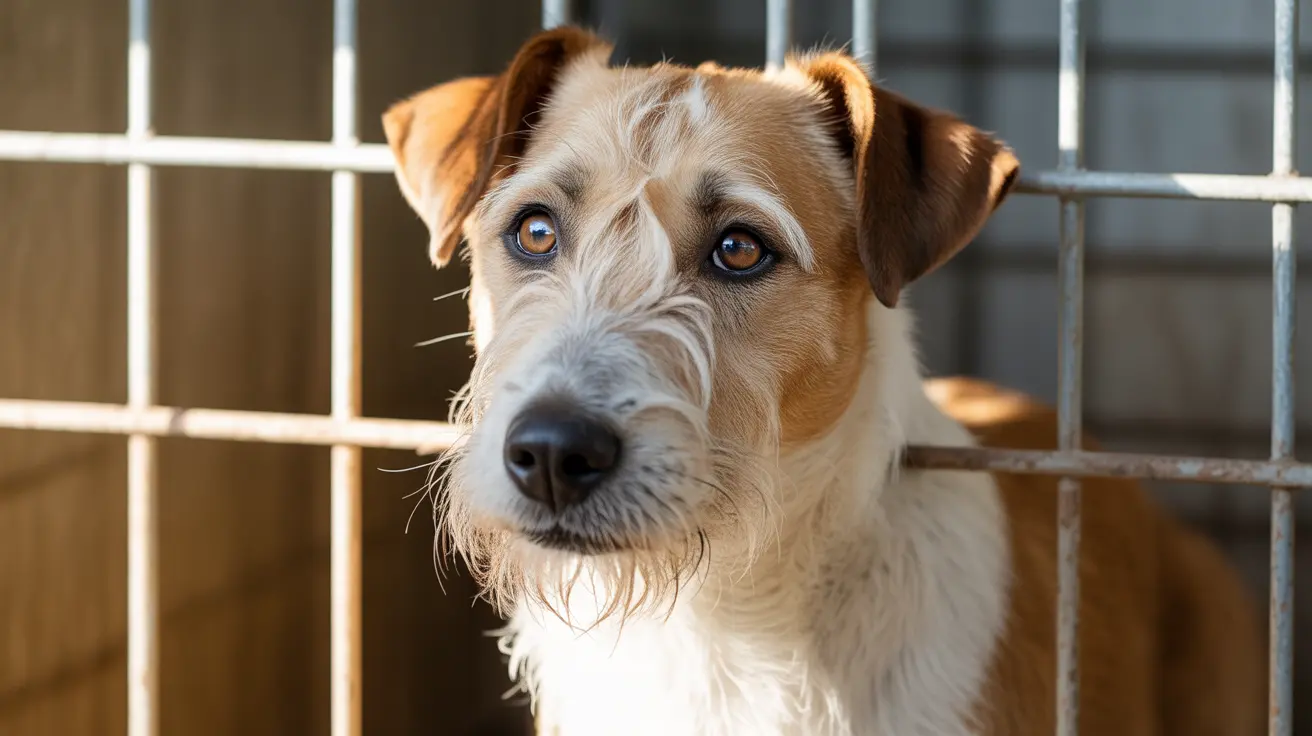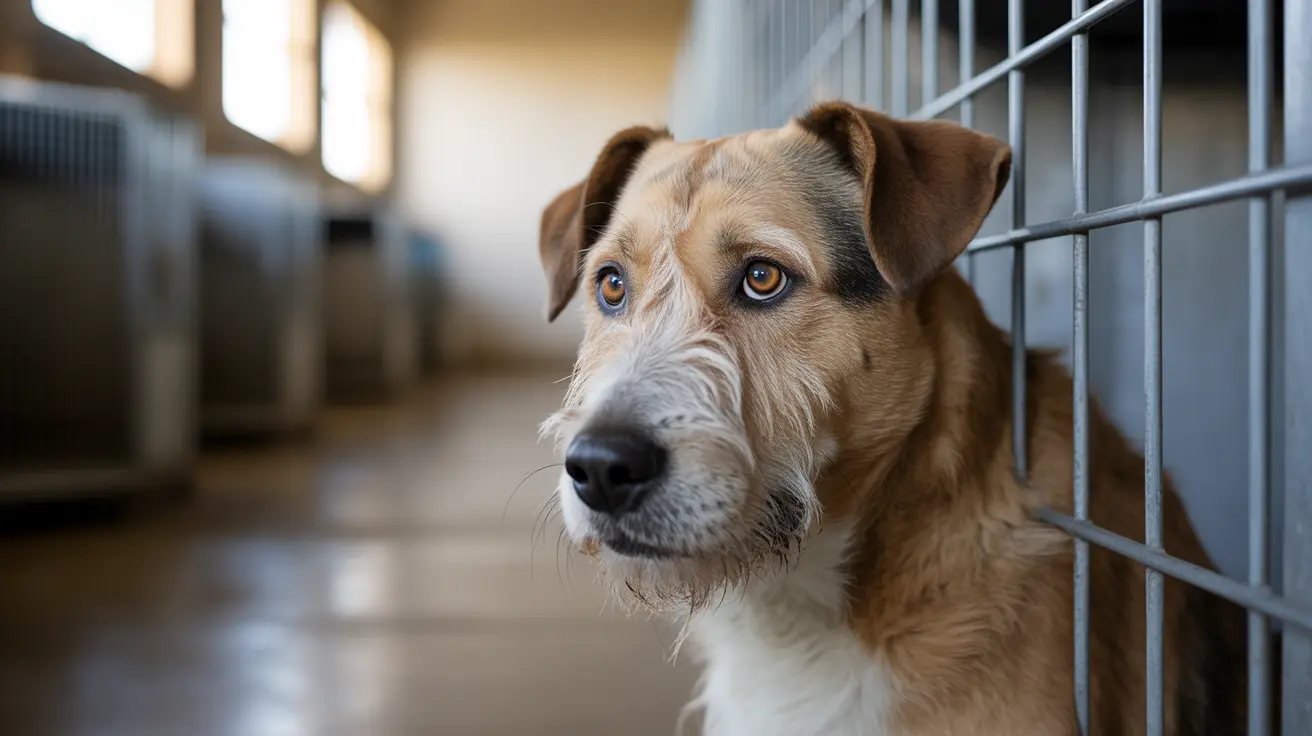Maintaining proper dog nail care is more than just a cosmetic concern—it's a fundamental aspect of your pet's overall health and well-being. When dogs' nails are left unattended, it can lead to discomfort, mobility issues, and even long-term joint problems. Understanding the importance of nail maintenance and implementing regular grooming routines is crucial for every dog owner.
As responsible pet parents, we need to recognize that healthy dog nails are essential for our furry friends to move comfortably and confidently. Regular nail care prevents painful conditions and ensures your dog maintains proper posture and gait. This comprehensive guide will walk you through everything you need to know about keeping your dog's nails in optimal condition.
Understanding Dog Nail Anatomy
Before diving into proper dog nail trimming techniques, it's essential to understand the basic anatomy of your dog's nails. Each nail consists of two main components: the outer claw made of keratin and the inner quick—a sensitive area containing blood vessels and nerves that nourish the nail. Being aware of these structures helps prevent accidental injury and ensures safer grooming sessions.
The quick is particularly important to note when learning how to cut dog nails safely. Accidentally cutting into this area can cause pain and bleeding, making future nail care sessions more challenging. Observing the nail structure, especially in dogs with dark claws, is vital for safe trimming.
Safe Dog Nail Trimming Techniques
When approaching nail cutting tools for dogs, always choose appropriate equipment for your pet's size. Whether using traditional clippers or a grinder, maintain a steady hand and work in good lighting conditions, especially when trimming black dog nails. Take small amounts off at a time and observe for the quick, stopping if you see a pale oval or dark spot. Reward your dog throughout the process to build positive associations.
Common Dog Nail Problems and Solutions
Regular monitoring can help identify potential issues before they become serious concerns. Keeping an eye on nail texture and appearance provides early warning of problems. Watch for these signs of nail disease in dogs:
- Discoloration or changes in nail texture
- Splitting or cracking
- Bleeding or inflammation
- Reluctance to walk or bear weight
- Excessive licking of paws
If you notice any of these symptoms, it's important to act promptly to prevent complications like infections or chronic pain. Address issues by consulting your veterinarian when necessary, maintaining clean and dry nails, and considering dietary adjustments to strengthen nail health.
Preventing Dog Nail Issues
A proactive approach to dog nail maintenance greatly reduces the risk of painful or debilitating nail conditions. Consistency and positive reinforcement are key, particularly with puppies and dogs nervous about nail care. Here are essential preventive practices:
- Regular trimming sessions every 3-4 weeks: Keeping nails at the proper length prevents overgrowth and associated discomfort.
- Proper nutrition for nail strength: A well-balanced diet rich in proteins and minerals, such as biotin and zinc, supports healthy nail growth.
- Regular paw inspections: Check between toes for debris, thorns, or early signs of irritation to halt problems before they escalate.
- Maintaining clean and dry paws: Preventing prolonged exposure to moisture and dirt reduces infection risks.
- Early puppy nail care training: Introducing puppies to gentle handling and nail trimming early helps form lifelong positive habits and lessens future anxiety.
Essential Tools for Dog Nail Grooming
Having the right equipment is crucial for successful nail care. The best dog nail clippers should be effective and easy to use to prevent accidental nicks or injuries. Here are key features to look for in nail grooming tools:
- Sharp and well-maintained: Dull blades crush instead of cut, causing discomfort or splitting.
- Appropriate for your dog's size: Clippers and grinders come in various sizes; the right fit ensures control and efficiency.
- Comfortable to hold and use: Ergonomic handles help steady your hand and reduce fatigue during grooming sessions.
- Equipped with safety features: Some clippers have guards or quick sensors to lower the risk of cutting the quick.
- Accompanied by styptic powder for emergencies: Always keep a clotting agent on hand in case you accidentally cut the quick and bleeding occurs.
Choose tools specifically made for dogs and regularly clean and check them for maintenance.
First Aid for Dog Nail Injuries
If you encounter dog nail bleeding or injuries while trimming, it is vital to remain calm and act quickly. Proper first aid can often stop the bleeding and prevent further injury or infection. Follow these steps:
- Clean the affected area gently: Remove any debris and rinse with lukewarm water to minimize contamination.
- Apply pressure with sterile gauze: Hold gentle but firm pressure on the nail tip to control bleeding.
- Use styptic powder if necessary: Dab a small amount on the nail to quickly stop bleeding; cornstarch may also be used in emergencies.
- Monitor for signs of infection: Watch the area over the following days for swelling, redness, or discharge.
- Seek veterinary care if needed: If bleeding does not stop or signs of infection appear, consult your vet promptly.
Frequently Asked Questions
- Why is dog nail care important? Proper nail care prevents pain, injuries, and long-term paw damage.
- How often should I trim my dog's nails? Most dogs need trimming every 3-4 weeks, but the exact frequency depends on breed, activity level, and nail growth rate.
- What tools are best for dog nail trimming? Sharp nail clippers or a nail grinder designed for dogs work best, ensuring clean cuts and less stress for the pet.
- What are signs of unhealthy dog nails? Discoloration, cracking, splitting, bleeding, or overgrowth are warning signs that warrant attention.
- How do I stop dog nail bleeding? Apply styptic powder or cornstarch with gentle pressure, and keep the area clean until healed.
- What is the 'quick' in a dog's nail? It's the blood vessel and nerve inside the nail; cutting it causes significant pain and bleeding.
- How can I prevent nail problems in dogs? Regular trims, a balanced diet, and routine paw checks help prevent issues and maintain healthy nails.
- Can I trim black dog nails safely? Yes, trim small amounts at a time and look for a dark spot near the tip; this helps you avoid cutting into the sensitive quick.
- What causes dog nail infections? Injuries, poor grooming, and trapped dirt or moisture can lead to painful infections requiring prompt care.
- Do long nails hurt dogs? Yes, overgrown nails can cause pain, affect gait, and even lead to joint or skeletal problems over time.
- Is professional grooming required for dog nails? Not always, but some dogs need a professional groomer or veterinarian for safe and stress-free nail trims, especially if their nails are very thick, black, or if they are particularly anxious.
Maintaining healthy dog nails is an essential aspect of pet care that directly impacts your dog's quality of life. By following proper grooming techniques, using appropriate tools, and staying vigilant for potential problems, you can ensure your furry friend maintains optimal paw health. Remember that consistency and patience are key to successful nail care routines. A few minutes each month can contribute significantly to your dog's overall comfort and happiness.






